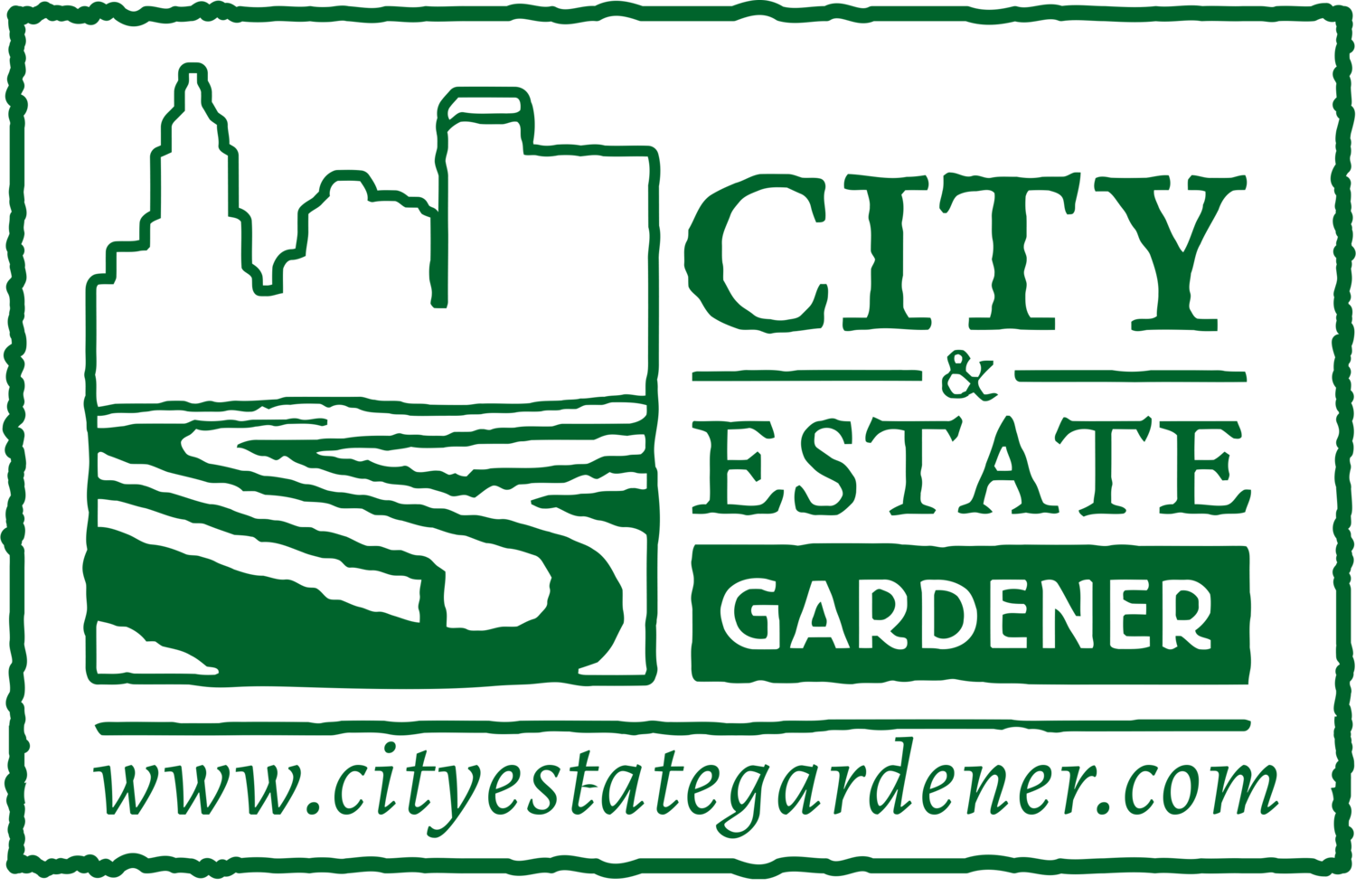Why Aerating Helps Lawns
Grass roots need air, water and nutrients to grow thick, deep and strong. When soil becomes compacted, even slightly, it inhibit the flow of the essentials that support thicker, healthier turf growth. A layer of compacted soil just 1/4 to 1/2 inches thick can make a significant difference in the health and beauty of your lawn.1 Aeration creates holes down into the soil to alleviate compaction so air, water and nutrients can reach grass roots.
Deprived of their basic needs by compacted soil, lawn grasses struggle in stressful situations, such as heat and low rainfall, and lose their healthy, rich color. Grasses gradually thin and eventually die out completely, for lack of the oxygen, water and nutrients available just inches away. Even a single aeration session can open the avenue for these essentials to reach their mark and put your lawn back on an upward trend.
How To Aerate Your Lawn
Aerating equipment comes in three main types, from small manual versions to larger tractor-like or pull-behind machinery:
Spike aerators simply poke a hole down into the soil with a solid, spike-like tine. Some homeowners wear spiked aerator “sandals" strapped to their shoes to aerate as they do yard work. While these can help on a small scale, spike machines can make compaction worse by pressing soil together around the holes.1
Slicing aerators have rotating blades that cut or slice through grass and thatch and down into soil. Like spike aerators, slicing aerators leave soil in the ground, but they create pathways for air, water and nutrients without causing more compaction.
Core or plug aerators, typically preferred by lawn professionals, use rows of hollow tines that remove plugs of soil from your lawn and deposit them on top, where they break down. The size of the plugs and the holes they create vary in width and depth, depending on the machine used.
What To Do After Aeration
After your lawn aeration, let soil plugs or extra soil dry where they fall. They'll break down in rain or crumble the next time you mow, adding beneficial soil and organic matter to your lawn surface.
Right after aeration is a perfect time to overseed with premium Pennington Smart Seed and fertilize your lawn or do simple lawn repairs. Seeds and nutrients have direct contact with soil through the openings your aerator created and roots have fresh pathways for the things they need. The combination can help put your lawn on the fast track for quick seed establishment and thicker, lusher growth.
By adding aeration to your annual task list or doing regular compaction tests to check for need, you help ensure your lawn can reach its full potential for thickness, health and beauty. Pennington is committed to providing you with the finest in grass seed and lawn care products to help you achieve your lawn goals.
Pennington and Smart Seed are trademarks of Pennington Seed, Inc.
Sources
Harper, J. C., "Aeration of Turfgrass Areas," PennState Center for Turfgrass Science.


